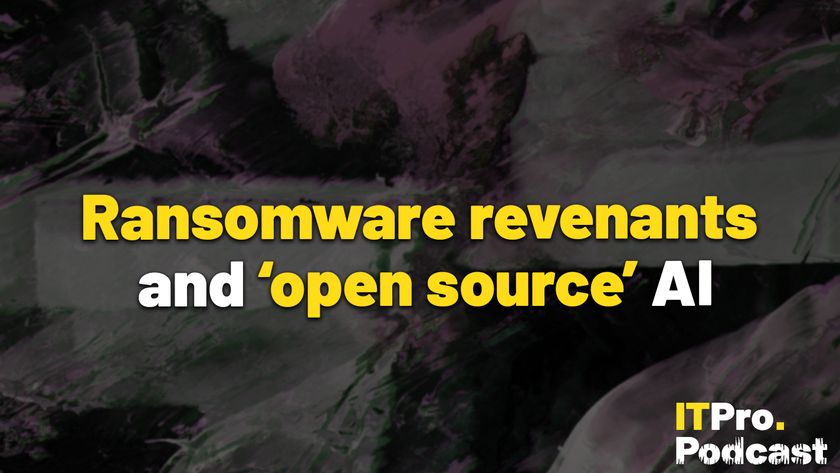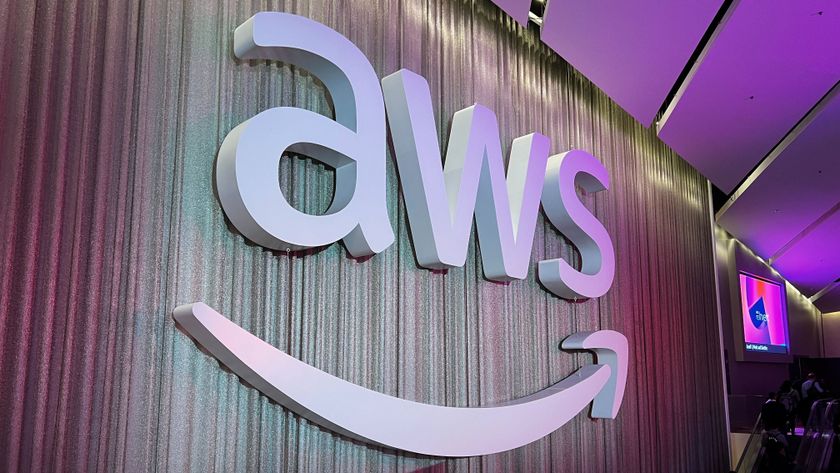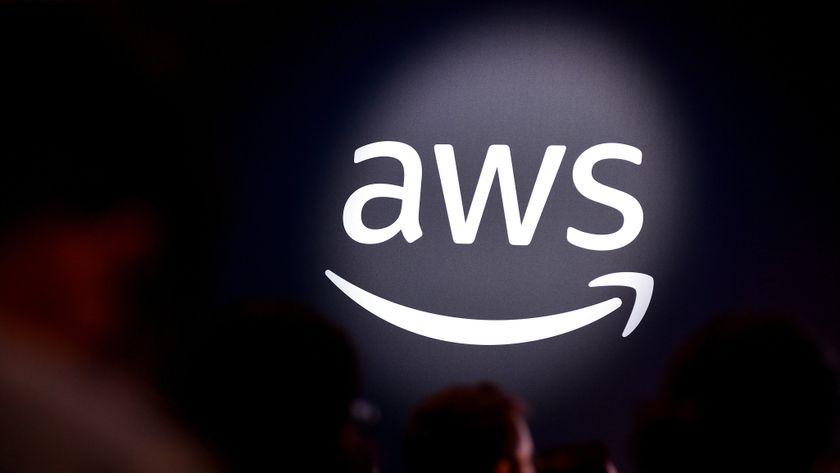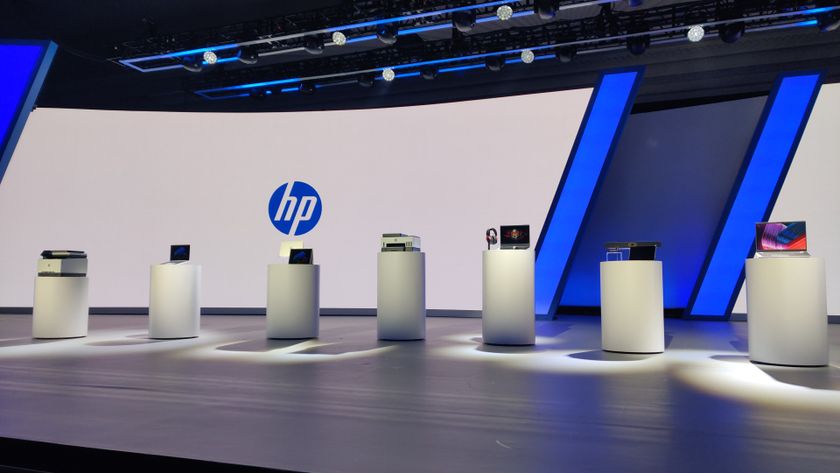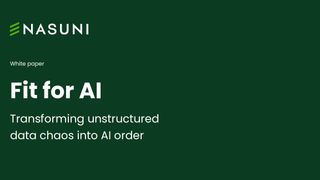Amazon WorkMail vs IBM Notes: Will it be a knockout fight?
Amazon WorkMail is yet another example of how fast AWS can move in response to market demand, says Max Cooter

The public cloud market has coalesced around three big players: Amazon, Google and Microsoft (and that’s despite what other vendors have to say about the matter). Of these, Amazon has established a massive lead leaving Microsoft and Google to play catch up.
But in one area these two had a distinct advantage; they bossed the office productivity market as Office 365 and Google Apps vied for supremacy. However, Amazon is now set to challenge that dominance and in doing so has branched into a new area.
With little fanfare, Amazon has launched Amazon WorkMail, a cloud-based email and calendaring service that will allow customers to send and receive email, manage contacts and share calendars, To avoid disruption, Amazon will be allowing users to keep Outlook or mail client of choice as a front end to the service, The pricing will be based on a per-mailbox basis, $4 a month for a GB mailbox.
In addition to the integration with Outlook, the product also works with with Amazon WorkDocs (formerly known as Zocalo), the company’s document sharing service.
This is a significant move by Amazon, venturing into an area that underpins many modern businesses and provides another string to its extensive portfolio.
Will it work? There’s a lot to do before the company catches up with Microsoft and Google – those two giants have a headstart in this area (and in Microsoft’s case, a considerable headstart) and there’s a question as to whether Amazon has the ability to take them on.
AWS’ strengths up to now have been a willingness to innovate and an ability to cut costs. I’m not convinced that either count in the area of email. What customers want is the comfort of their recognised system – which is why Amazon is keep to offer support for Outlook. For all AWS’s strengths, one area that it has struggled in offering customer support; even supporters of the company will admit that it’s not always easy for the inexperienced user to get to grips with all that AWS offers. That won’t wash with email, it’s an area
Cloud Pro Newsletter
Stay up to date with the latest news and analysis from the world of cloud computing with our twice-weekly newsletter
I’d also suggest that offering support for WorkDocs is one thing but what would really help the product to take off would be full integration – trying to deal with two separate products is a recipe for trouble. There’s a lot further to go: the strength of Microsoft’s offering is the easy integration with its suite of products – it’s not just Outlook, it’s the access to Excel and Word that is so attractive to customers.
There’s a clear business advantage in getting an enterprise email system within a cloud portfolio and offering a clear alternative to Microsoft and Google. The speed with which Amazon has acted has truly shaken up the market.
The very fact that Amazon has got WorkMail off the ground (it’s expected to be launched in Q2 of this year) is an achievement in itself and in a week in which IBM got stuck into its layoff, sorry, restructuring programme, it’s a reminder of the nimbleness with which Amazon can move.
IBM itself had its own enterprise mail system but who talks about Lotus Notes these days? It’s still with us (as IBM Notes), but does anyone see it as a contender in a world that’s shifting to cloud. Amazon understands that perfectly and that’s why, despite the caveats, WorkMail is sure to attract a number of users later this year.
Max Cooter is a freelance journalist who has been writing about the tech sector for almost forty years.
At ITPro, Max’s work has primarily focused on cloud computing, storage, and migration. He has also contributed software reviews and interviews with CIOs from a range of companies.
He edited IDG’s Techworld for several years and was the founder-editor of CloudPro, which launched in 2011 to become the UK’s leading publication focused entirely on cloud computing news.
Max attained a BA in philosophy and mathematics at the University of Bradford, combining humanities with a firm understanding of the STEM world in a manner that has served him well throughout his career.



